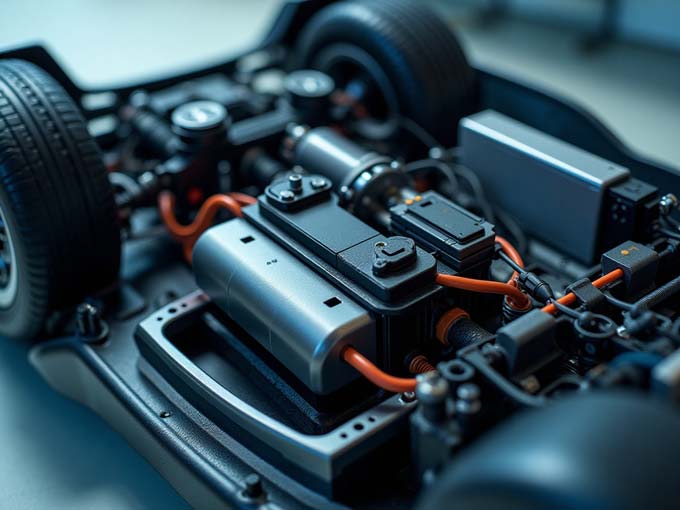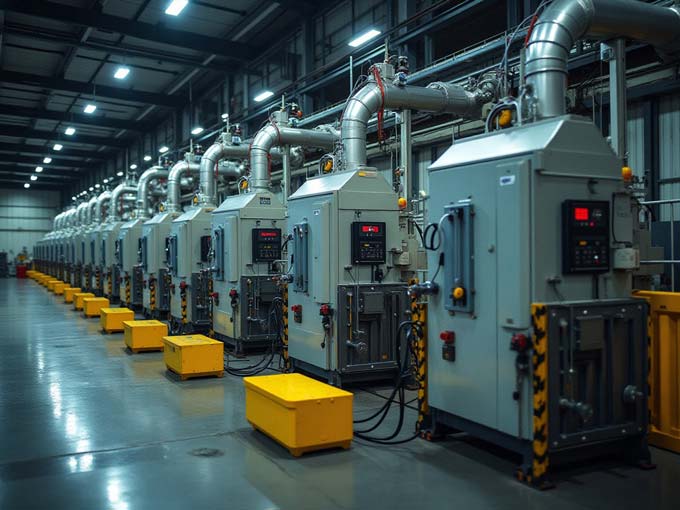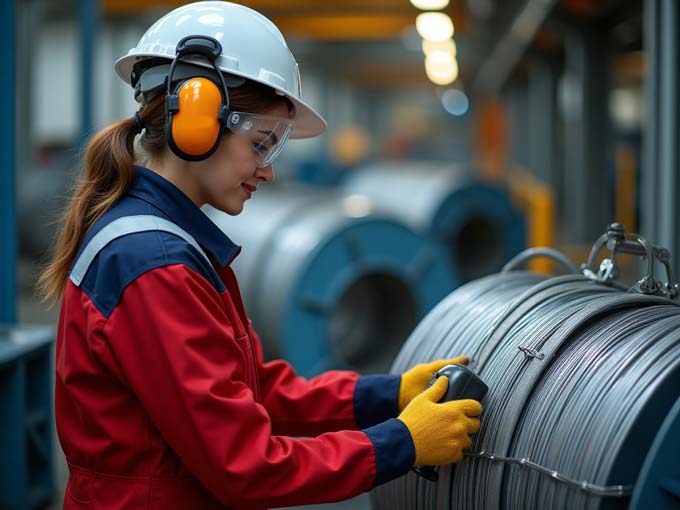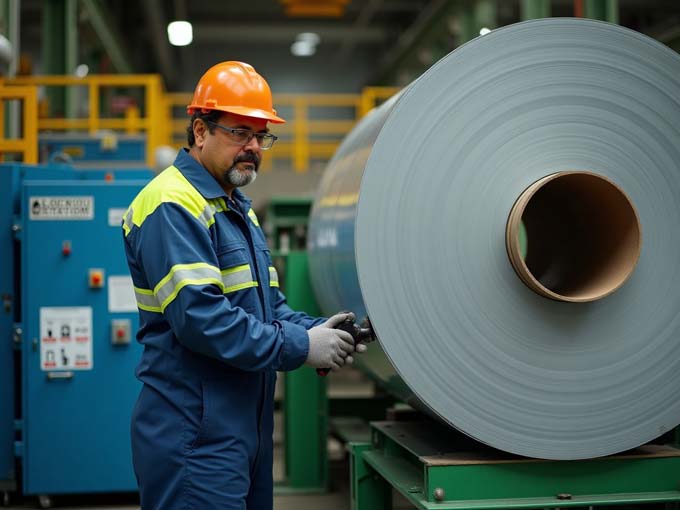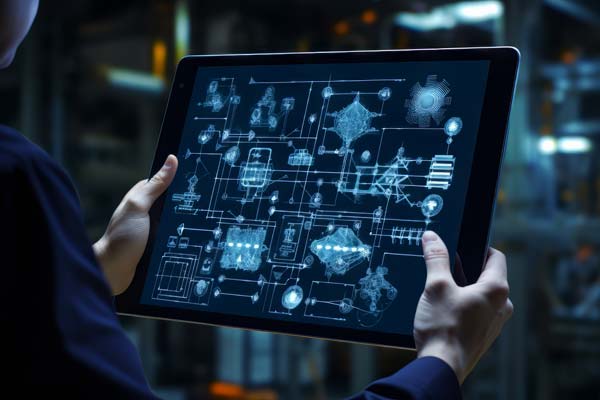Speira to Supply Leading Battery Producer with Aluminum Strip
Speira, an aluminum roller and recycler, signed a long-term agreement with the biggest prismatic battery producer from South Korea. The world-leading battery manufacturer’s advanced energy solutions also include lithium-ion batteries for electric vehicles. The manufacturer’s collaboration with Speira represents a clear commitment to sustainability. “We are proud to have signed this agreement, which strengthens our…

